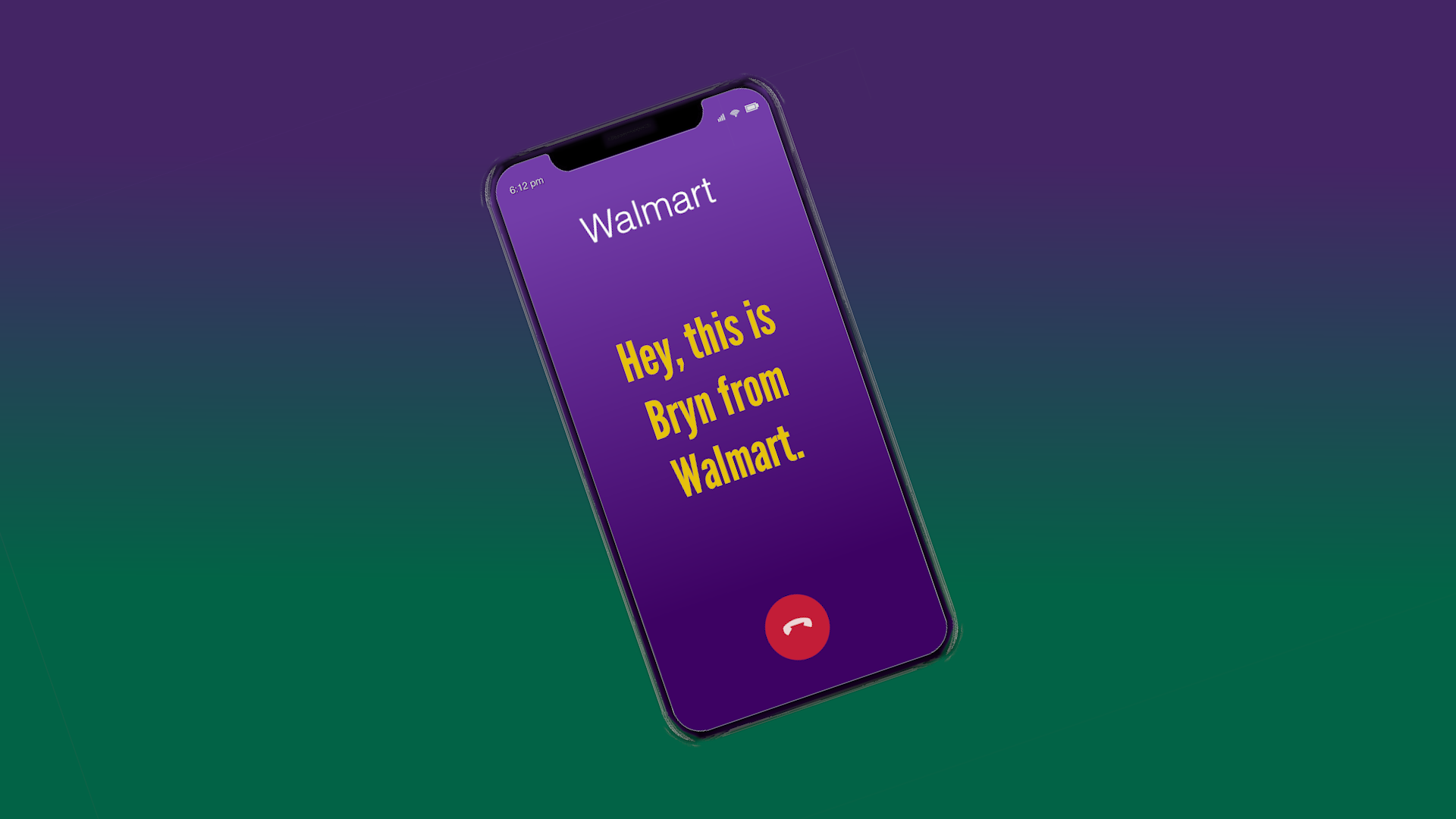Four ways to detect a deepfake voice
BY KERRY TOMLINSON, AMPERE NEWS
May 25, 2022
Now, creating a deepfake voice is as easy as downloading an app on your phone or software on your laptop.
Some people use it for entertainment or business. But a contingent of cybercrooks is ready to use it for crime --- and in fact, already has stolen millions of dollars, according to news reports.
What can you do to detect a voice deepfake before you lose money to audio tricksters? Here are four ways to uncover a voice fake.
Watch here:
‘Free’ Speech
You can make your own voice deepfake in seconds using free sites online. I made a fake Morgan Freeman who tattles on himself in his famous velvet tones.
"I have a deep and calming voice. That's why people try to fake it. In fact, they're faking it right now."
It sounds similar to the real deal, but more stilted and monotone.
Criminals, however, are using better software, advertising their fake voice services to other criminals on the underground web and using them in real life.
In one voice message, an attacker pretends to be a CEO and asks an employee for money "for an urgent business deal." The employee did not fall for it. But in 2019, the CEO of a British energy company did. The thief called him, using deepfake software to ask for almost $250,000. The victim said the voice carried the same accent and mannerisms of his real German counterpart. He sent the money.
In 2020, a Hong Kong bank manager sent off up to $35 million to a deepfaker who posed as a company director, according to reports.
What to do
We can learn the signs of a deepfake voice before we get the call. We turn to deepfake researcher Siwei Lyu from University of Buffalo, State University of New York.
Slurring
Deepfake voices may slur certain words as the technology struggles to create words and phrases the real subject did not say in the voice samples.
Lyu shows us an example with a fake former President Barack Obama. "Feed my voice into that software, and it will create Obama's voice speaking the same words I spoke. And with the same kind of emotion I have," Lyu said.
But fake Obama stumbles over some phrases used by Lyu's team, like 'artificial intelligence,' Lyu noted.
"I noticed that it's not perfect. So, you can hear a little bit of slurring there," Lyu said. "How each word is clearly articulated. Are they intelligible?"
2. Naturalness
Some deepfake technology may have trouble infusing fake voices with sentiment. They may sound like real people, but flat and dry.
"Does the voice carry the kind of emotion that is right for the context for the environment? Or are there any particular terms that sound funny? Those kinds of things," explains Lyu.
3. Background noise
Listen to the recording carefully. Is it crisp and clean, or is there the sound of static? Deepfakes may have extra noise in the background.
"You probably also hear this kind of noise, like a recording noise there. Like high-frequency cracking noises, the old-days radio or walkie-talkie," Lyu said. "Those kind of noises we should not hear [in real voices] if they're using a professional level microphone."
Some fake audio may also have a warping, technology sound, more artifacts of the deepfake systems.
"On one side," he said, "these algorithms can do a good job. On the other hand, they also have these kind of artifacts where if you pay attention to, we can pick it up."
4. Fullness
Researchers in Germany discovered this final clue while gathering deepfake audio samples to help people study computer-generated voices.
"We found that there are differences, so mainly in the higher frequencies of speech," said Lea Schönherr at Ruhr University Bochum.
That means the voice may sound less ‘full’ to you than a real voice would.
Schönherr and her colleagues use a spectrogram to detect the differences, thought she said you may be able to hear the difference on your own.
"You can find hints there, but you really have to listen actively," she said.
Not easy, but Schönherr said with some training, we may be able to detect them more easily.
A sample of of real audio versus deepfake audio from Ruhr University Bochum.
Final Words
The researchers recommend you pay attention to content and context as well.
Is the voice saying something unusual?
Is it asking for sensitive things like money or passwords?
How can you verify the information independently?
Hang up on callers asking for money and check on the request yourself. And be aware that deepfakes for political or social purposes can have more power over us as they stir up emotion.
"A lot of times these fakes are playing our emotional and confirmation bias, something we already believe. That's what they take advantage of," Lyu said. "I think in this kind of situation, we need to call on more of the intelligent part of our brain to work, and to actually figure out what has actually happened."
more on deepfakes:
MORE FROM AMPERE NEWS
#deepfakes #artificialintelligence #deepfakevoice #deepfakeaudio









